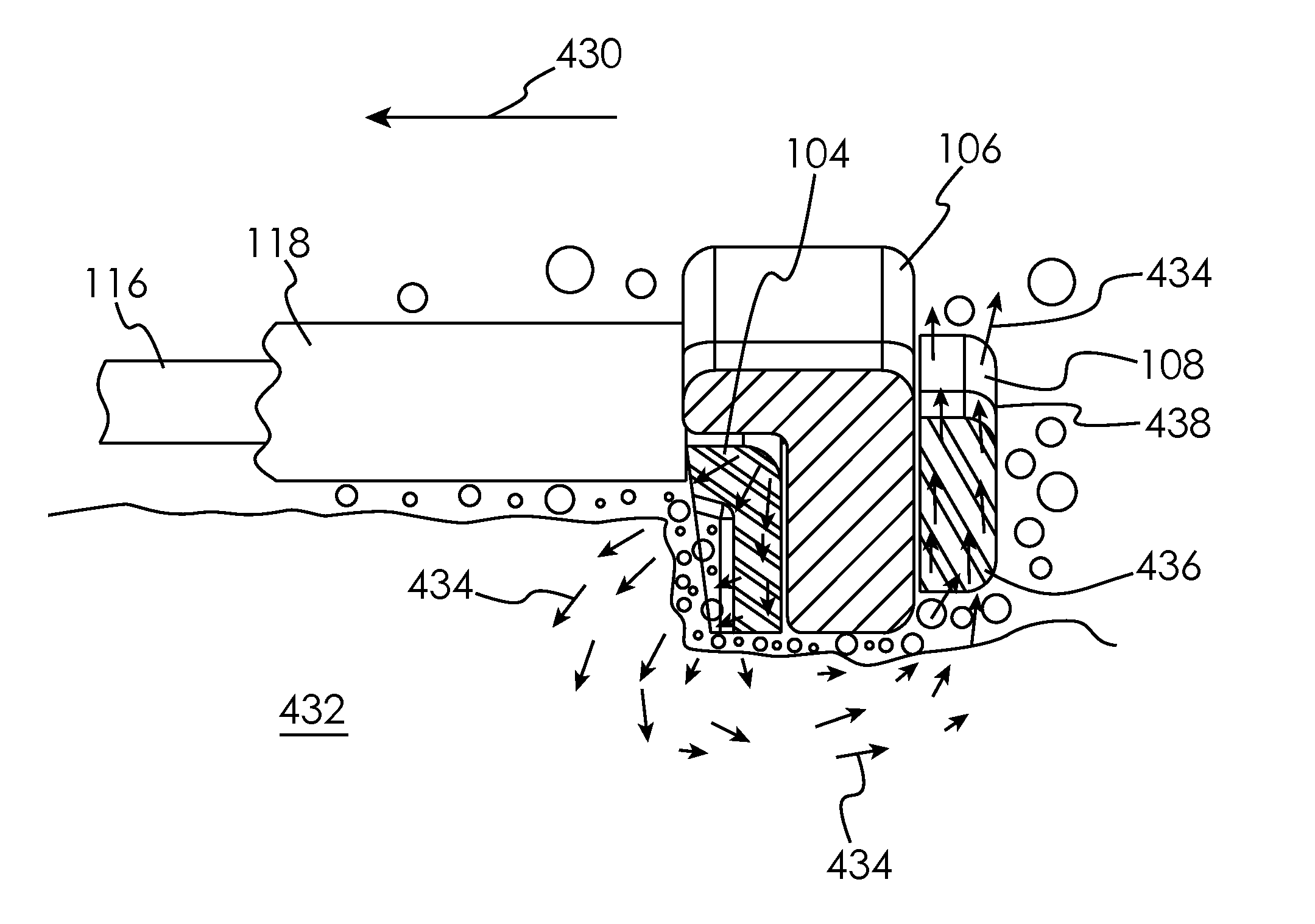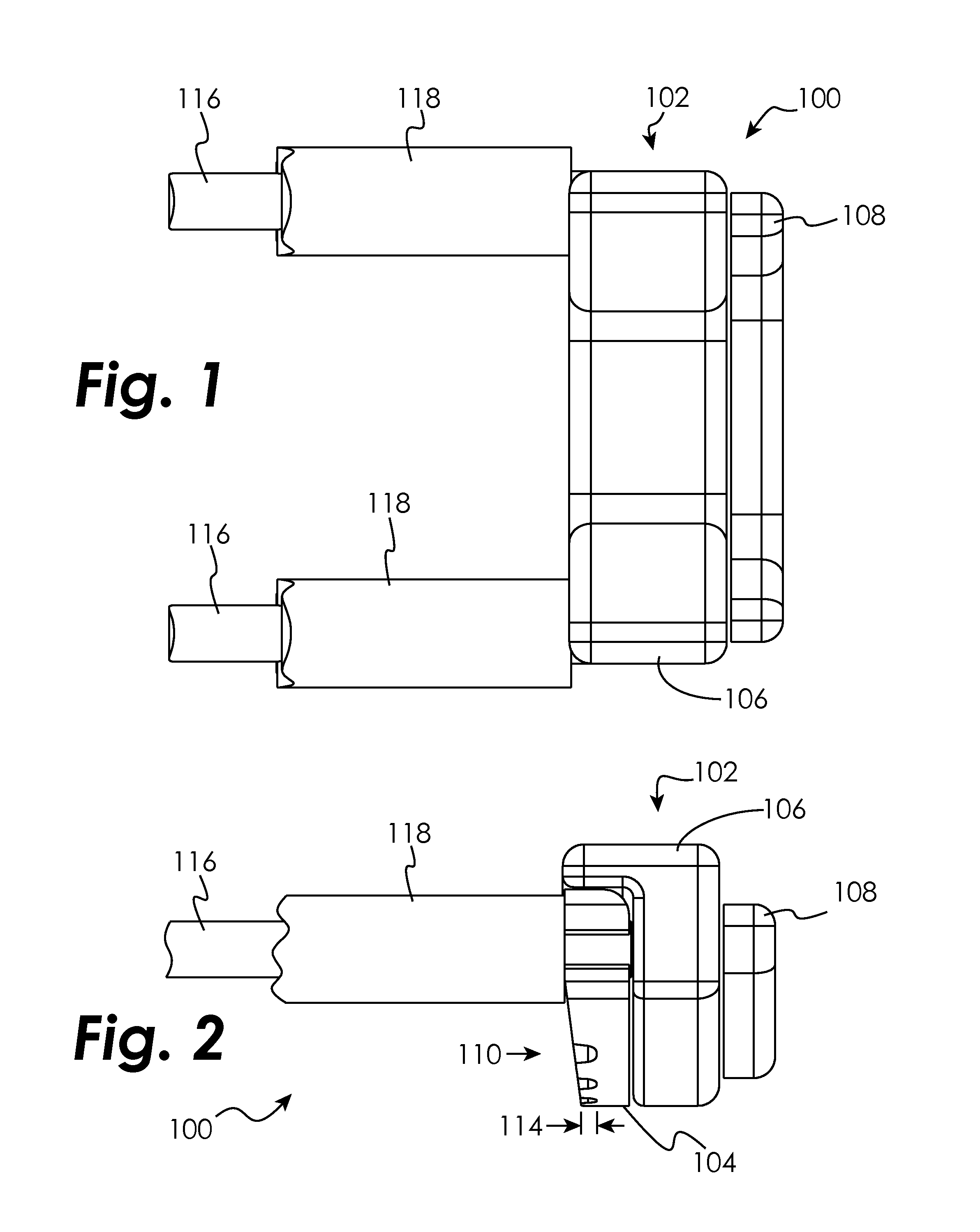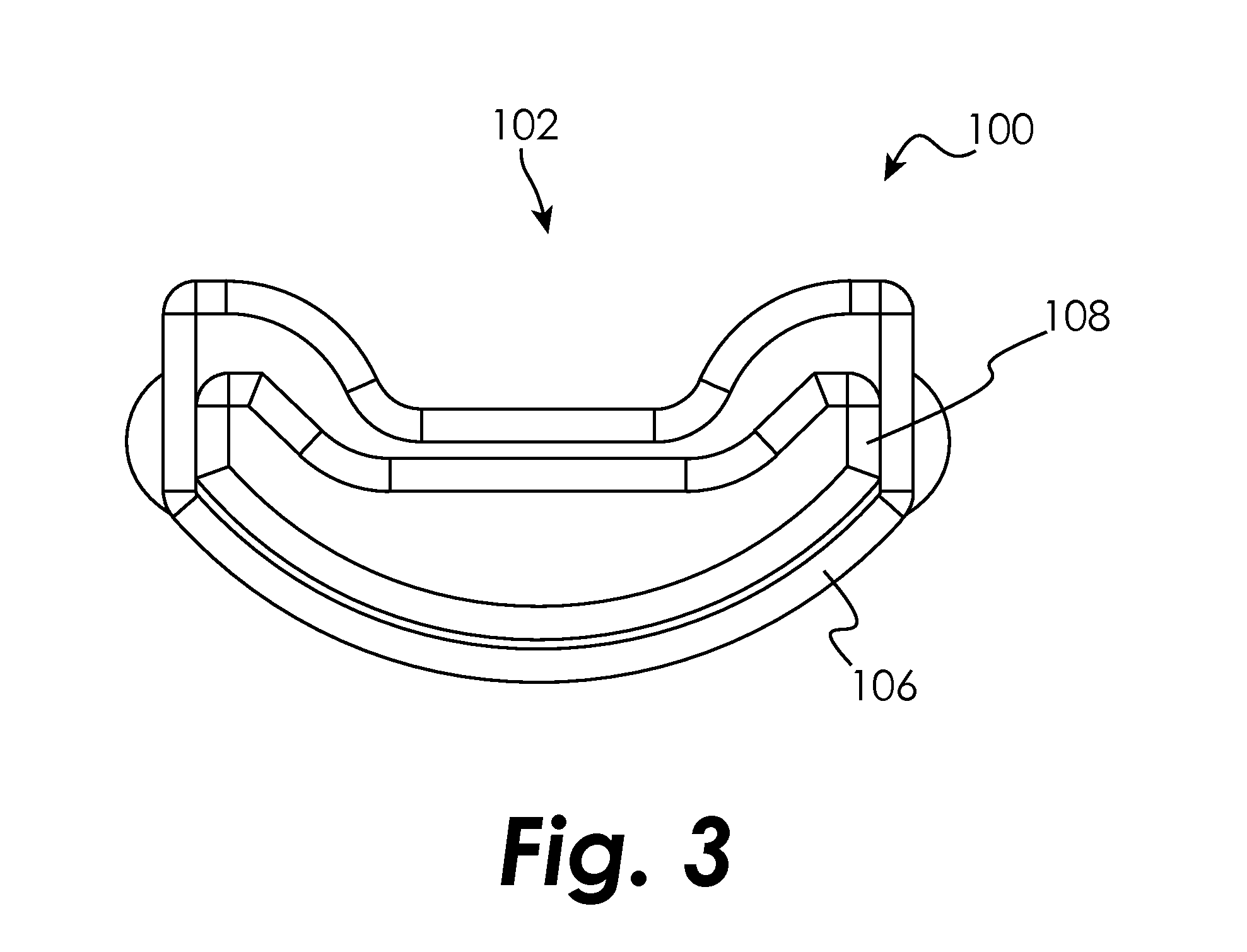Plasma resection electrode
a plasma resection and electrode technology, applied in the field of electrosurgical instruments, can solve the problems of undesired tissue heating, undesired tissue heating, coagulation or evaporation at the contact point with the patient, etc., and achieve the effects of increasing the probe efficiency, reducing the applied rf power, and high power density
- Summary
- Abstract
- Description
- Claims
- Application Information
AI Technical Summary
Benefits of technology
Problems solved by technology
Method used
Image
Examples
examples
[0197]Hereinafter, the present invention is described in more detail by reference to the exemplary embodiments. However, the following examples only illustrate aspects of the invention and in no way are intended to limit the scope of the present invention. As such, embodiments similar or equivalent to those described herein can be used in the practice or testing of the present invention.
[0198]In many of the disclosed embodiments, the electrodes may be incorporated into shafts which facilitate attachment of the electrode assembly to a resectoscope. Many styles of resecto scope are known in the art, and the configuration of the shaft may be as desired in order to interface with the desired resectoscope design. The shafts further conduct power to the active electrode. The shaft may receive power through the resectoscope from any general purpose RF electrosurgical unit commonly available in operating rooms, as is known in the art.
90 Degree Tip Configuration
[0199]In one embodiment, the e...
PUM
 Login to View More
Login to View More Abstract
Description
Claims
Application Information
 Login to View More
Login to View More - R&D
- Intellectual Property
- Life Sciences
- Materials
- Tech Scout
- Unparalleled Data Quality
- Higher Quality Content
- 60% Fewer Hallucinations
Browse by: Latest US Patents, China's latest patents, Technical Efficacy Thesaurus, Application Domain, Technology Topic, Popular Technical Reports.
© 2025 PatSnap. All rights reserved.Legal|Privacy policy|Modern Slavery Act Transparency Statement|Sitemap|About US| Contact US: help@patsnap.com



